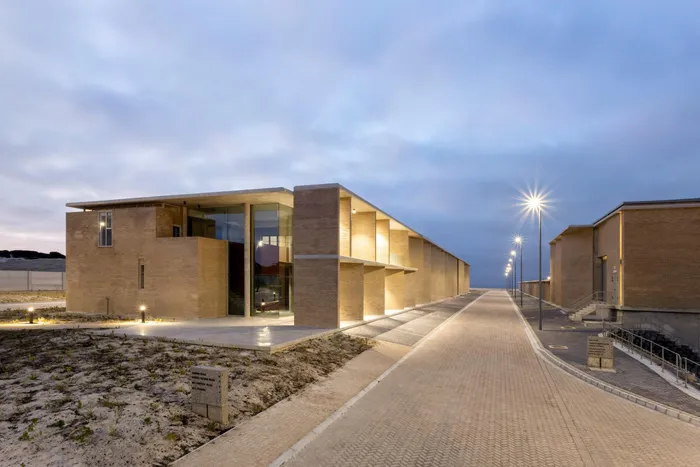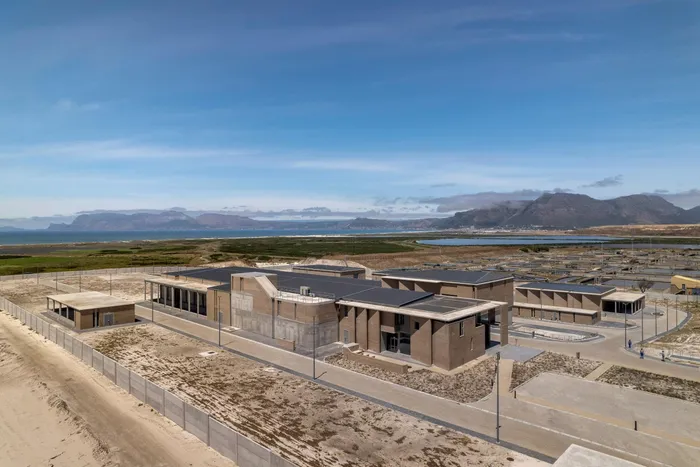Pelican Park water plant wins international design award in New York

The City’s Cape Flats Advanced Water Reclamation Plant (AWRP) constructed at the Cape Flats Wastewater Treatment Works in Pelican Park.
Image: Supplied
Cape Town’s new Advanced Water Reclamation Plant (AWRP) has earned global recognition for its design.
The plant was named Jury Winner in the Factories and Warehouses category at the 13th Annual Architizer A+Awards - the world’s largest awards programme for architecture - held in New York in June.
According to the City of Cape Town water and sanitation directorate’s award submission, the plant won for its innovative design that purifies treated effluent to potable standards, recharges the aquifer, and integrates sustainable architecture with efficient engineering,
It aims to recognises projects that combine smart design with purpose.

The plant was named Jury Winner in the Factories and Warehouses category at the 13th Annual Architizer A+Awards held in New York in June, a major honour in the world of architecture and design.
Image: Supplied
Local civil engineers worked closely with SALT Architects on the design of the plant. Their combined efforts led to the international award, chosen from more than 5 000 entries across 80 countries.
Completed in December last year, the AWRP, built in Pelican Park, is part of the City of Cape Town’s plan to secure long-term water supply. It plays a key role in the water and sanitation directorate’s new water programme and is designed to clean wastewater to a high level before injecting it into the Cape Flats Aquifer. From there, the water can be safely drawn and further treated to meet South Africa’s drinking water standards, said Dr Zahid Badroodien, mayoral committee member for water and sanitation.
Once fully operational in April 2027, the plant is expected to help supply up to 54 million litres of water a day, making it a critical part of Cape Town’s efforts to prepare for future droughts and reduce pressure on surface water sources.
“This award shows that South African infrastructure can be globally competitive, not just in function, but also in design,” said Dr Badroodien. “Every rand spent here is an investment in a water-secure, climate-resilient future.”
Work is currently under way on the next phase of the project, which includes installing key mechanical and electrical systems like ozone generators, UV disinfection, pumps, and filtration units, he said.